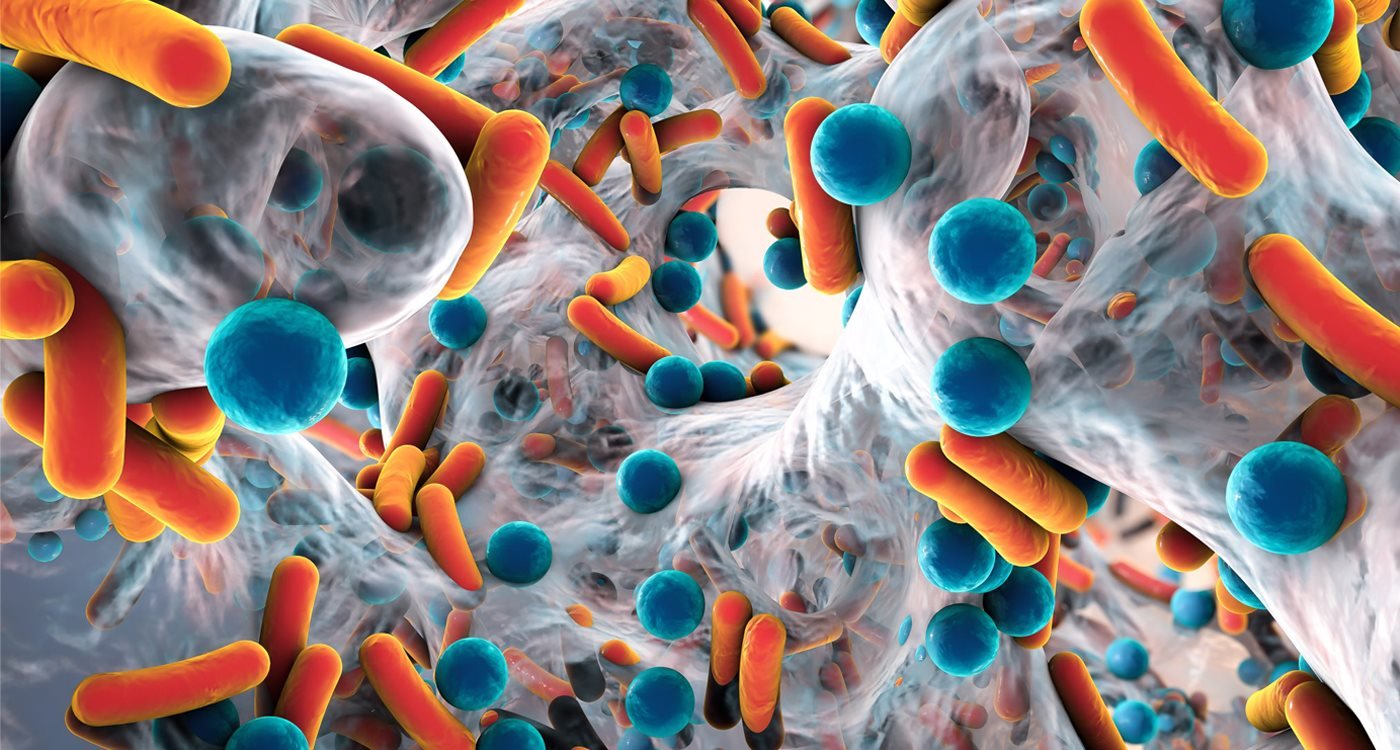WHAT IS MDRO?
Microorganism, in specific to bacteria can be eradicated by antibiotics. However, bacteria can develop ways or alter their genetic make-up to increase their tolerance to antibiotics. Unfortunately, due to large scale misuse of antibiotics at a global level, many microorganisms have developed total resistance to some, if not all of the antibiotics under our armaments. In general, bacteria that are resistant to multiple antibiotics are called Multi Drug-resistant Organisms (MDROs).
WHY DOES IT MATTER IF AN ORGANISM IS RESISTANT TO ANTIBIOTICS?
MDRO becomes a real problem as infection which used to be easily eradicated by antibiotics becomes life threatening – an era commonly termed as ‘pre-antibiotic’ where people often succumb to bacterial infection as a result of a lack of treatment.
WHO IS AT RISK WITH MDRO?
Those who are at greater risk of developing MDRO infections include:
- Patients on long-term immunosuppression
- Patients admitted for long term- or frequent hospital-stay
- Intubated patients (e.g. IV catheter / urinary catheter)
- People with co-morbidity
HOW DOES IT SPREAD?
MDROs are commonly spread from person-to-person mostly by hands, for example when a person comes into contact with the contaminated hands of another person or when a person touches a contaminated object like tables or bed railing.
HOW TO PREVENT MDRO FROM SPREADING?
You can stop the spreading of MDROs by:
- Cleaning your hands at the appropriate moment with soap and water or alcohol-based handrub. (Hand hygiene is very important to prevent the spread of MDROs.)
- Keeping open wounds, cuts and abrasions cleaned and covered with clean bandage, until healed.
- Cleaning your surrounding daily especially areas or things you often touch, such as door handles.




